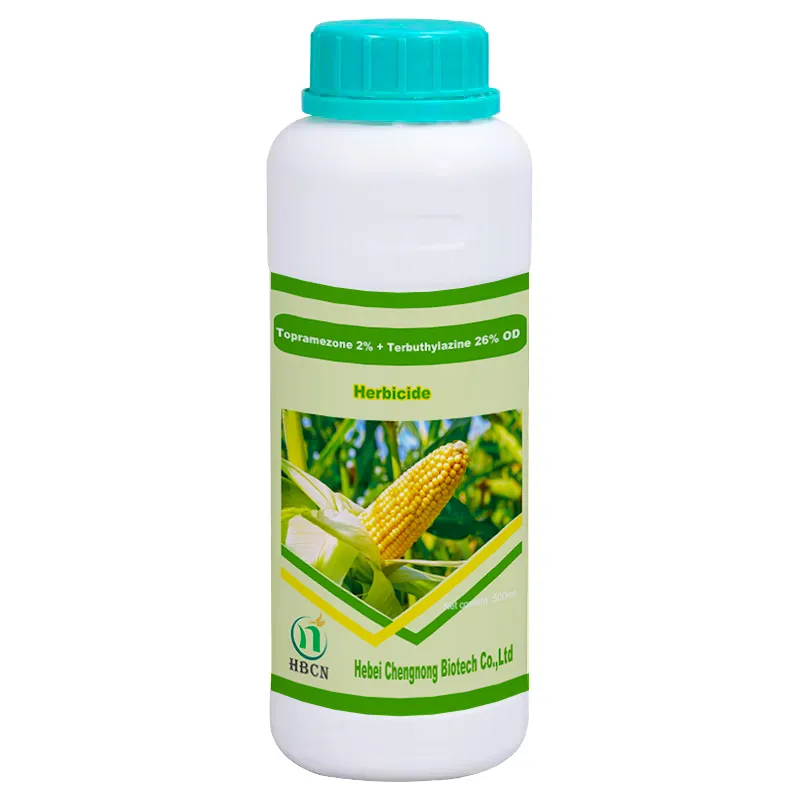
Nov . 30, 2024 01:25 Back to list
Acetamiprid 20 SP A Widely Used Agricultural Insecticide for Effective Pest Control
Acetamiprid 20 SP A Comprehensive Overview of a Famous Agricultural Pesticide
Acetamiprid, a neonicotinoid insecticide, has gained significant attention in the agricultural industry due to its effectiveness in managing various pests. As a systemic insecticide, it is absorbed by plants and distributed throughout their tissues, enabling them to protect themselves not just from exterior pests but also from sap-sucking insects that invade their vascular systems. This article delves into the characteristics, applications, efficacy, and safety considerations associated with Acetamiprid 20 SP (soluble powder).
Characteristics and Mode of Action
Acetamiprid belongs to the neonicotinoid class of pesticides, which are modeled after nicotine. Its chemical composition is C10H11ClN4, and it acts primarily as an agonist for nicotinic acetylcholine receptors in insects. Upon application, Acetamiprid interferes with the transmission of nerve impulses, leading to paralysis and eventually the death of the target pest. This mode of action makes it particularly effective against a wide range of insects, including aphids, whiteflies, leafhoppers, and thrips.
The 20 SP formulation indicates that the product contains 20% active ingredient, making it a concentrated form that requires careful handling and precise dosing during usage. The systemic nature of Acetamiprid means that even if pests feed on the plant's sap, they will still be affected by the pesticide, which enhances its effectiveness compared to contact insecticides.
Applications in Agriculture
Acetamiprid is widely used in various crops, including fruits, vegetables, and ornamental plants. Its versatility is one of the main reasons for its popularity among farmers and agricultural professionals. For instance, in fruit production, it has proven to be effective against pests that threaten yield and quality, ensuring that crops can be harvested with minimal impact from infestations.
Farmers often integrate Acetamiprid into their pest management strategies to prevent resistance development. Since it acts on the nervous system of insects, it can be used in rotation with other classes of insecticides to maintain efficacy and limit the chances of pests developing resistance.
famous agriculture pesticide acetamiprid 20 sp

Moreover, Acetamiprid's residual activity allows for effective long-term pest control, reducing the frequency of applications needed throughout the growing season. This feature can significantly lower labor costs and improve overall farm productivity.
Efficacy and Environmental Safety
Efficacy studies have shown that Acetamiprid is highly effective against target pests while posing minimal risks to beneficial insects when used according to label recommendations. Its selectivity allows beneficial organisms, such as ladybugs and lacewings, to thrive while effectively controlling harmful pests.
However, like any pesticide, it is imperative to use Acetamiprid responsibly. Integrated Pest Management (IPM) principles are crucial to ensure that its application does not have unintended consequences on non-target species and the broader ecosystem. Proper application timing and dosage must be adhered to, along with adherence to pre-harvest intervals to minimize residues on food products.
Concerns have been raised about the potential impact of neonicotinoids, including Acetamiprid, on pollinator populations, particularly honeybees. Continuous research in this area is vital to understanding the long-term effects of these chemicals on beneficial insect species and taking appropriate action to mitigate any risks.
Conclusion
Acetamiprid 20 SP has established itself as a vital tool in modern agriculture, offering effective control of a range of insect pests while allowing for its incorporation into IPM strategies. As agricultural practices evolve, ongoing research and education will be essential to ensure that products like Acetamiprid are used sustainably, balancing pest control needs with environmental considerations. By adhering to best practices, farmers can harness the benefits of this pesticide while contributing to sustainable agricultural practices that protect their crops and the ecosystems in which they operate. As we move forward, regulatory agencies and the agricultural community must work together to monitor the use of Acetamiprid and other neonicotinoids to ensure they continue to serve as safe and effective options for pest management.
-
Insecticide Spirotetramat 11% + Thiacloprid 11% SC at Good Price
NewsJul.30,2025
-
Best Abamectin SDS - Premium Quality & Reliable Safety Data
NewsJul.29,2025
-
Agrochemicals Pesticides Solutions for Sustainable Farming
NewsJul.29,2025
-
High-Quality Tebuconazole Fungicide for Crop Protection at Best Price
NewsJul.29,2025
-
Chlorfenapyr 8% + Clothianidin 20%SC Pesticide Mixture for Effective Pest Control
NewsJul.28,2025
-
Best Azoxystrobin Difenoconazole Supplier for Crop Protection
NewsJul.28,2025
